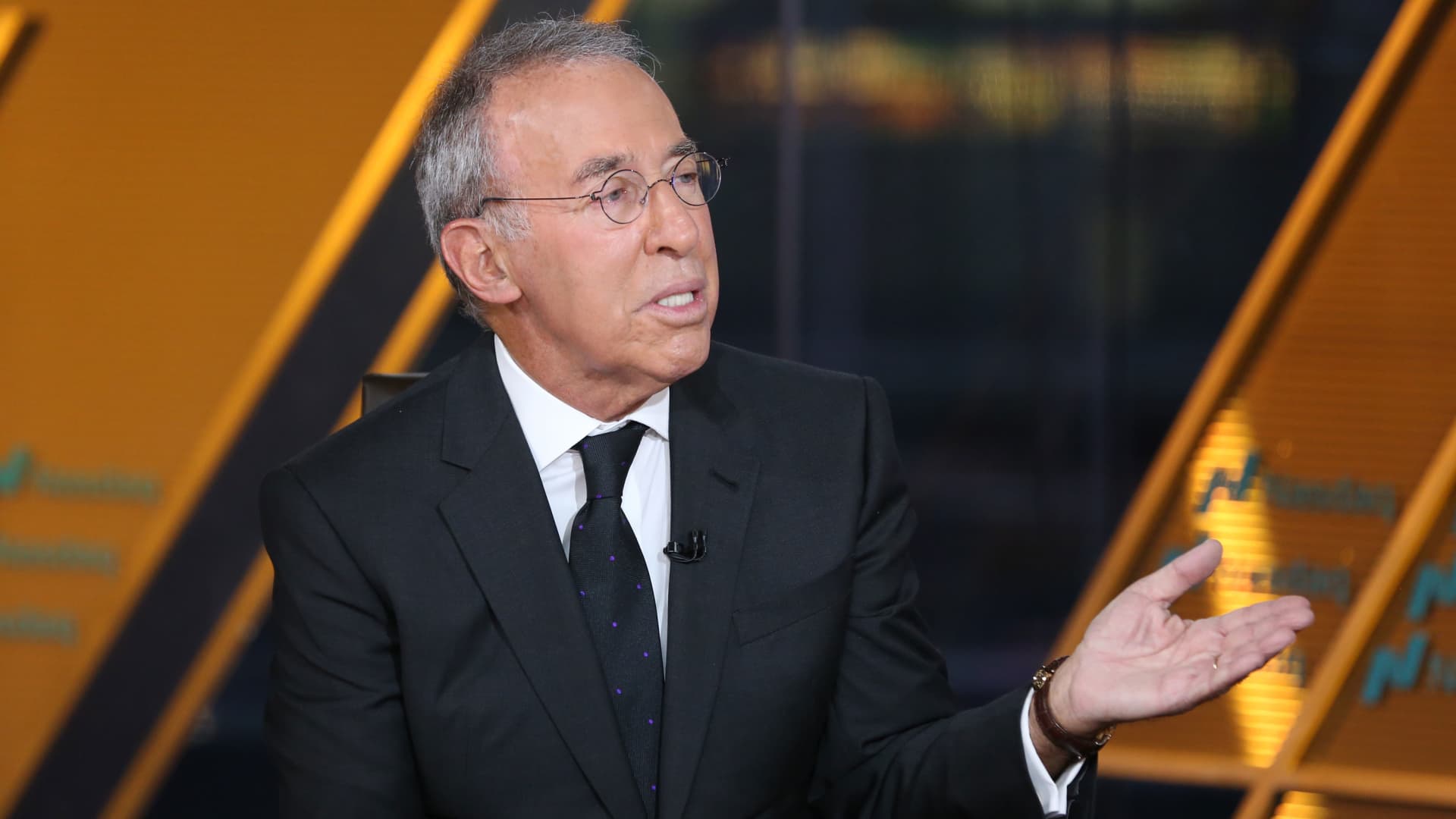S&P 500 slips in volatile trading ahead of tariff rollout: Live updates

Traders work on the floor of the New York Stock Exchange.
NYSE
The S&P 500 pulled back on Tuesday, in another volatile session as the market awaited clarity from President Donald Trump regarding his tariff policy rollout. Wall Street also faced pressure stemming from weaker-than-expected economic data.
The broad market index ticked down 0.1%, while the Nasdaq Composite added 0.1%. The Dow Jones Industrial Average slipped 197 points, or 0.4%. The S&P 500’s move higher after initially falling earlier follows a similar day of trading on Monday.
Investors got another sour reading on the economy Tuesday due to the threat of tariffs, with the Institute for Supply Management manufacturing survey coming in lighter than expected and in contraction territory. February’s job openings were also slightly below estimates, the Bureau of Labor Statistics said on Tuesday.
Looking ahead, the White House on Wednesday is expected to unveil reciprocal tariffs on goods from virtually all countries. Investors had been hoping for a narrow approach toward administering the levies. The White House on Tuesday asserted that Trump’s tariffs would go into effect immediately once they are announced.
“The lack of certainty and the shroud of secrecy has been driving the market insane,” said Jay Woods, chief global strategist at Freedom Capital Markets. “We have our correction, [though], so perspective is key.”
On Tuesday, The Washington Post reported that the Trump administration is considering implementing tariffs of about 20% to most imports into the U.S. To be sure, the report — which cited three sources familiar with the matter — noted that no final decision had been made.
The uncertainty has put stocks on a rollercoaster ride. The S&P 500 on Monday touched a six-month low before recovering. For the first quarter, the index lost 4.6%, while the Nasdaq Composite dropped 10%. That marked the worst quarterly performance for both benchmarks since 2022. The Dow dropped 1.3% during the first three months of the year.
“While the higher event risk baked in creates room for a potential relief rally in case of less aggressive tariffs, the risk arguably is still to the downside, with markets likely underpricing the trade risks,” Barclays assistant vice president Anshul Gupta wrote in a Tuesday note.









